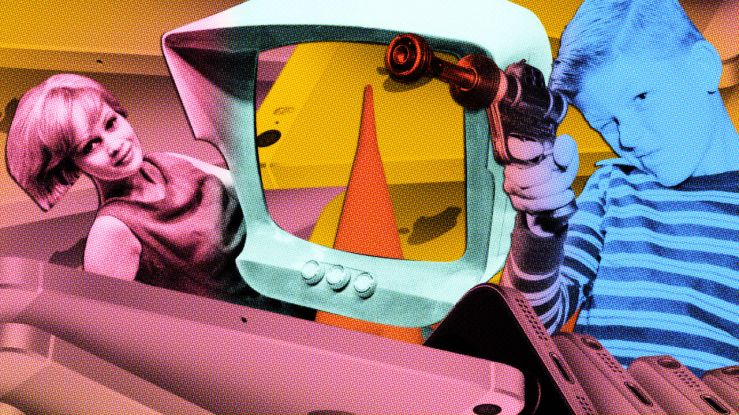Fast-growing, fast-fashion retailer H&M, which has more than 4,000 stores in 62 countries, sold $24.5bn worth of T-shirts, pants, jackets, and dresses last year. It also took 12,000 tons of clothes back. In a glossy, celebrity-studded video, H&M says: “There are no rules in fashion but one: Recycle your clothes.”
Recycling has become a rallying cry in the apparel industry, with H&M as its most vocal evangelist. The Swedish firm launched a €1m contest to seek out ideas for turning old clothes into new, invested in Worn Again, a company that is developing textile recycling technology, and enlisted hip-hop artist MIA. to produce a music video called Rewear It, that aims to “highlight the importance of garment collecting and recycling”. With Nike, H&M is a global partner of the Ellen MacArthur Foundation, whose mission is to drive a transition to a circular economy – that is, an industrial system in which everything at the end of its life is made into something new, in contrast to today’s economy, where most consumer goods are produced, used, and then thrown away.

Being bad-tempered and pessimistic helps you to earn more, live longer and enjoy a healthier marriage. It’s almost enough to put a smile on the dourest of faces.
In essence, creativity is down to how easily your mind is diverted from one thought path and onto another. In a situation requiring fight or flight, it’s easy to see how turning into a literal “mad genius” could be life-saving.
Anger really prepares the body to mobilise resources – it tells you that the situation you’re in is bad and gives you an energetic boost to get you out of it.

Design has the power to make our lives better, and in the overwhelming majority of cases, it does. But when it’s done badly, it can put our lives in jeopardy. So if you come across a flawed design –confusing software interfaces, an impossible to-understand gear shift, a juice-like bottle of cleaner – say something. Tweet about it. Call the company in charge. The stakes are much too high to ignore the flaws, wherever they appear.

One of the most common misconceptions people have is that User Experience Design is all about usability. It’s easy to see why – usability means that a product is both usable and useful.
When you walk into an empty room, you can instantly imagine what purpose it will serve. Glance around and you get an idea for how to turn that space into anything that you want it to be. You can use it as a living room, an office, or a bedroom. It all depends on what furniture you choose and where you put it. The empty room isusable, but it’s not useful until you fill it.

In the opening scene of her new short film, Institute of Isolation, artist Lucy McRae, clad in a nude jumpsuit and cap, scales the interior parameters of an anti-gravity chamber of her own design. The faint pink, retro-futuristic chamber is meant to resemble the zero gravity simulators NASA used to train astronauts in the 1960s. “We can accurately measure the physiology of the body,” McRae says in a voiceover. “But the psychological responses to prolonged isolation are largely unpredictable.”





